Stainless steel kitchen knives have become a staple for home cooks and professional chefs alike, prized for their durability and low maintenance. In particular, all-stainless steel knives – those with blade and handle forged as one seamless piece – offer unique advantages in hygiene, strength, and style.
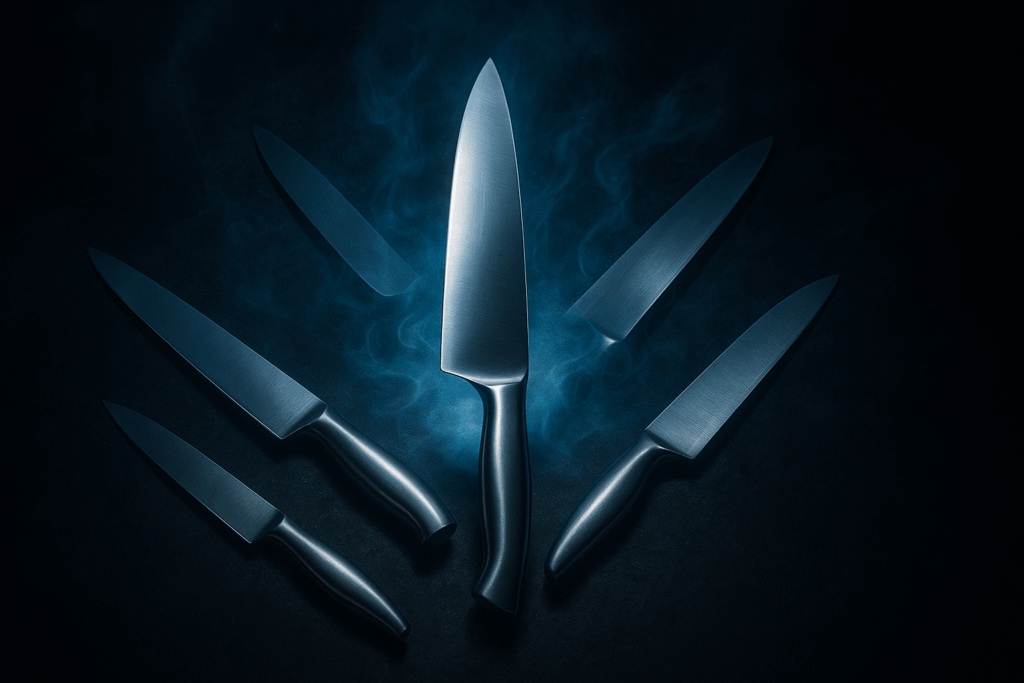
In this article, we’ll explore what all-stainless stainless steel knives are, why they stand out (especially compared to knives with wood or plastic handles), and how Japanese craftsmanship elevates them. We’ll also see why these knives make exceptional gifts for cooking enthusiasts. By the end, you’ll understand why an all-stainless Japanese knife can be a long-lasting kitchen upgrade and a cherished present.
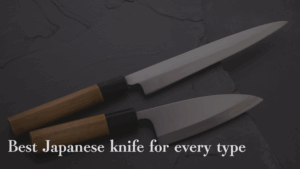
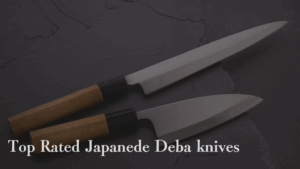
What Does “All-Stainless Steel Knife” Mean?
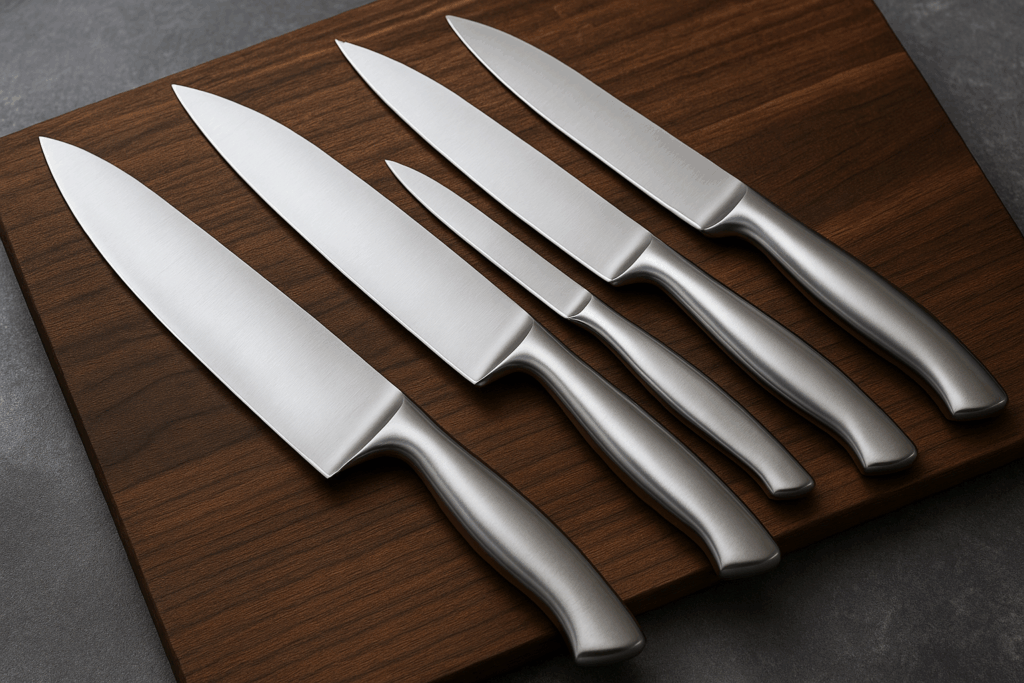
All-stainless steel knives are exactly what they sound like: knives made entirely of stainless steel, from the tip of the blade to the end of the handle. This contrasts with traditional knives that might have a stainless steel blade but feature handles made of wood, plastic, or composite materials attached separately (often with rivets or glue). In an all-stainless design, the blade and handle are one continuous piece of metal or melded seamlessly, resulting in no joints or crevices between the blade and handle.
For example, the famed Japanese Global knives introduced in 1985 pioneered this concept with a revolutionary one-piece stainless steel construction. The result is a knife with smooth contours and a seamless build that offers safety and hygiene.
In practical terms, an all-stainless knife tends to have a sleek, modern appearance and a very solid feel in hand. Many Japanese manufacturers (such as those in Seki City, Japan’s knife-making capital) have adopted advanced techniques to forge these knives, blending centuries-old swordsmithing traditions with modern steel technology.
How does an all-stainless knife differ from a standard knife? The table below highlights the key differences:
| Aspect | All-Stainless Steel Knife (blade & handle as one) | Traditional Knife (stainless blade + separate handle) |
|---|---|---|
| Construction | Single-piece stainless steel; no seams or rivets. Sleek, uniform look. | Blade is stainless steel, but handle is usually wood, plastic, etc., attached with rivets or epoxy. Visible joint between blade and handle. |
| Hygiene | Completely seamless design – no gaps for food particles or bacteria to hide. Very easy to keep clean. | Joints and rivets can trap moisture or grime over time. Handle materials (wood, bone) can absorb water or bacteria if not properly cared for. |
| Weight | Often heavier due to the solid metal handle. Provides a balanced, substantial feel that some cooks love. (Many all-stainless designs are engineered to be well-balanced.) | Often lighter because handle materials like wood or plastic weigh less. A lighter knife can be easier to maneuver for some users. |
| Grip | Metal handle can feel smooth; some users initially find it slippery until they adjust. However, high-quality designs add texture (e.g. Global’s signature dimpled handle) for a comfortable, non-slip grip. | Handles are usually shaped or textured for grip (e.g. contoured wood or rubberized handles). Less risk of slipperiness, but handles can wear out or loosen over time. |
| Maintenance | 100 % stainless steel – highly rust resistant and easy to wash. Many are dishwasher-safe (though hand washing is often recommended to keep the edge sharp). No handle to replace or refinish ever. | Stainless blade is rust-resistant, but handle materials may require special care (no dishwasher for wood handles, etc.). Over years, handles might crack, dry out, or need tightening if rivets loosen. |
| Durability | Extremely durable: no separate handle to break or degrade. The knife is one solid piece of steel built to last decades. (Quality steel keeps its edge and resists chipping.) | A good knife can last long, but the handle is a common point of failure (splitting, warping, or coming loose). Handle materials can limit lifespan if they fail before the blade does. |
| Aesthetics | Modern, elegant all-metal look. Often described as sleek and “a real gem in the kitchen”. Matches contemporary kitchen styles; looks professional and clean. | Classic or rustic appearance depending on handle (wood grain, colored plastics, etc.). Some prefer the traditional look; others find it less uniform than an all-steel design. |
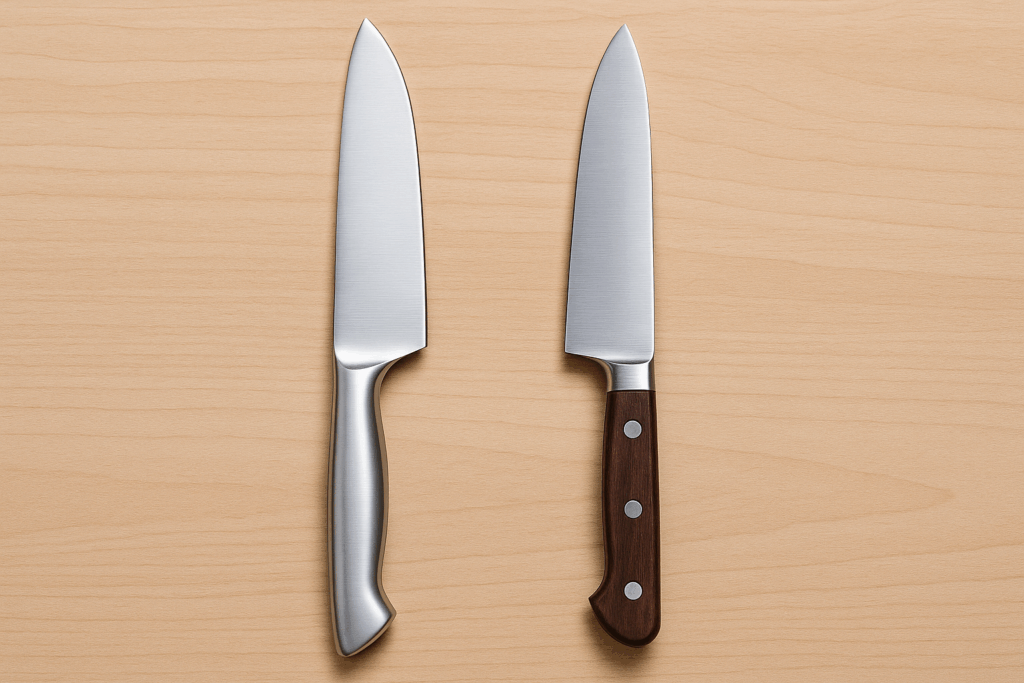
As shown above, an all-stainless knife excels in cleanliness and longevity. The trade-offs usually come down to weight and grip preference. If you enjoy a knife with some heft and love the streamlined steel look, an all-stainless design is very appealing. On the other hand, if you prioritize a super-light tool or love the feel of wood, a traditional handled knife might feel more familiar. It really comes down to personal preference – but as we’ll see, the advantages of all-stainless steel knives are quite compelling.
Advantages of All-Stainless Steel Knives
All-stainless knives aren’t just about looks – their construction offers genuine performance and health benefits. Here are the key advantages of choosing an all-stainless steel kitchen knife:
Ultra-Hygienic & Easy to Clean:
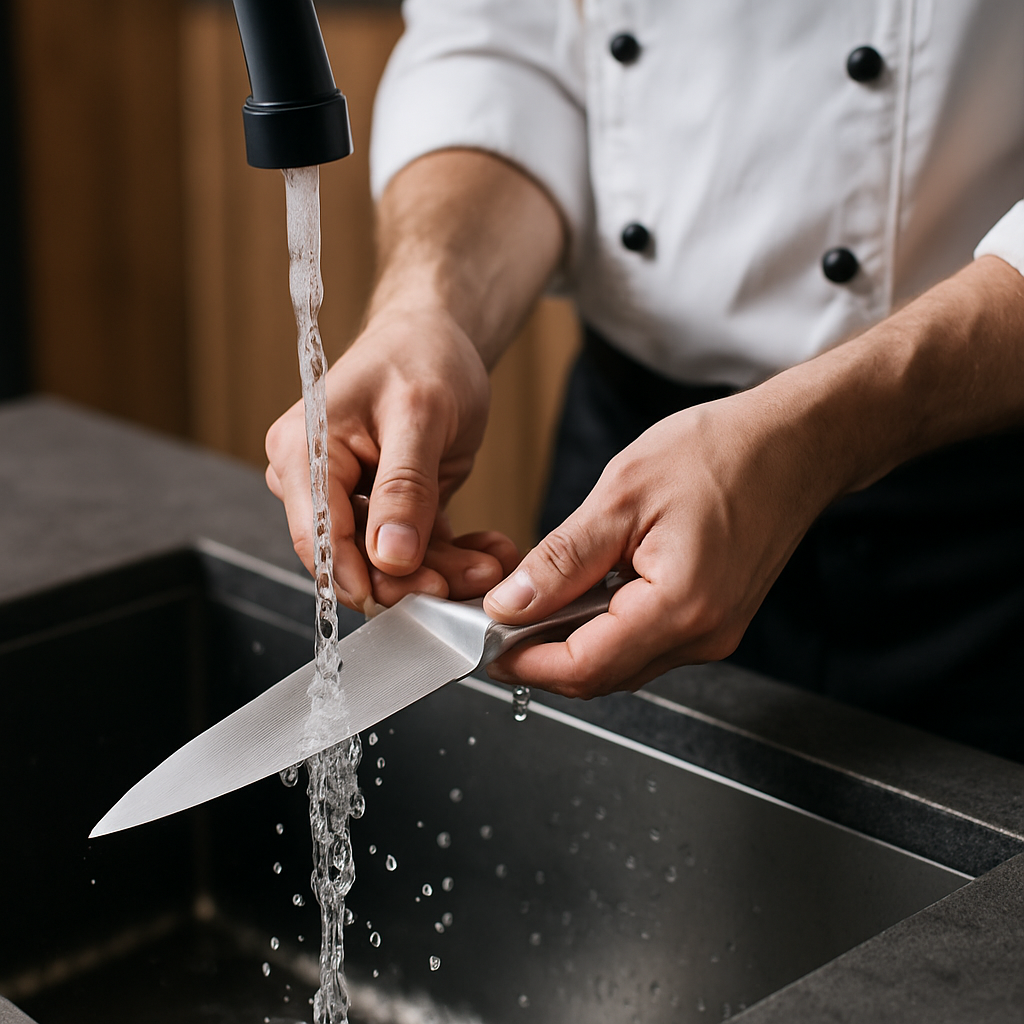
With no seams between blade and handle, there’s nowhere for food debris or liquids to seep in and cause buildup. This seamless design leaves no crevices for gunk or bacteria to accumulate, making cleaning a breeze. A quick rinse and wipe is often all it takes to keep the knife sanitary. In professional kitchens, knives with one-piece stainless construction are favored for food safety since they “offer easy cleaning and maintenance, with no crevices for food particles to accumulate”.
Home cooks appreciate that they can wash these knives without worrying about water damage to a handle. (Many all-stainless knives are advertised as dishwasher-safe for convenience, though hand-washing and drying is still best for preserving sharpness.)
Rust and Stain Resistance:
Stainless steel is named for its ability to “stain less” – it’s highly resistant to rusting or discoloration. A quality all-stainless knife won’t easily corrode even with heavy kitchen use. This is a huge benefit for busy cooks, who can “quickly pick up, use, wash, and put away” the knife without babying it.
For example, if you’re in a humid environment or occasionally forget to dry your knife immediately, a stainless blade will forgive you. Unlike high-carbon steel knives, which can rust if not dried promptly, stainless blades have a protective chromium oxide layer that wards off rust. The bottom line: all-stainless knives are low-maintenance, saving you time and worry in upkeep.
Strength & Durability:
Because the knife is one solid piece of steel, all-stainless designs are extremely sturdy. There’s no wooden handle to crack if dropped, and no joints to weaken over time. High-grade stainless steel knives are tough and can handle a variety of kitchen tasks without chipping.
In fact, experts note that stainless blades are often less prone to chipping than more brittle materials like ceramic or certain ultra-hard carbon steels. Stainless steel has a bit of flex, allowing it to absorb impacts (for instance, if you accidentally hit a bone or the cutting board) rather than shattering. This durability means a well-made stainless knife can truly be a long-term companion – many premium Japanese stainless knives can be used daily for 10 years or more and still perform excellently. The value you get “will keep your home kitchen running smoothly for decades” with proper care.
Excellent Cutting Performance:
There’s a common misconception that stainless steel knives don’t get as sharp or don’t hold an edge as well as carbon steel knives. In reality, modern high-quality stainless steel knives can attain a razor-sharp edge and keep it through plenty of use.
Advances in metallurgy (like the development of premium stainless alloys such as VG-10, SG2, or Cromova 18) mean today’s stainless Japanese knives combine hardness and edge retention with rust resistance. For example, Global’s Cromova 18 stainless blades are ice-tempered and hardened to ~56-58 HRC, allowing them to maintain a keen edge “longer than many other steels” while also resisting stains and corrosion. In practice, this means an all-stainless chef’s knife or santoku from a reputable brand will slice and chop effortlessly, and you won’t need to sharpen it constantly.
And when it does come time to sharpen, don’t worry – stainless steel knives can absolutely be sharpened to like-new condition with the right technique. The myth that “stainless can’t be sharpened” has been debunked by experts; if you avoid the cheapest mystery-metal knives and use proper whetstones, a good stainless knife “sharpens readily” (perhaps not quite as “pleasantly” as carbon steel, but not far off). In short, you get the best of both worlds: high-performance cutting plus easier care.
Sleek Aesthetics & Design:
There’s no denying the visual appeal of a well-crafted all-stainless knife. The uninterrupted flow of steel from blade to handle gives it a sleek, modern elegance that looks fantastic in any kitchen. Top Japanese makers take pride in the finish and feel of these knives. For instance, Kai’s Seki Magoroku series features a subtle satin finish and even a decorative etched pattern on the handle – resulting in an “elegant stainless-steel look” that is “a real gem in the kitchen”.
Many all-stainless handles are sculpted for ergonomics and then polished or patterned. The seamless transition from handle to blade not only boosts hygiene but also creates clean, flowing lines that exude precision craftsmanship. The aesthetic is often described as professional and high-end. If you appreciate modern kitchen design or want your tools to look as good as they perform, an all-stainless knife definitely delivers. It’s the kind of knife you might even display on a magnetic knife strip or in a knife block with pride.
Are There Any Drawbacks to All-Stainless Knives?
The advantages are clear, but you might be wondering if all-stainless knives have any downsides. The main points to be aware of are weight and grip, and the importance of quality:
Heft:
All-stainless knives tend to weigh more than equivalent knives with lighter handles. Some cooks actually prefer a bit of weight as it can help with knife balance and cutting momentum. Others with smaller hands or those used to ultra-light knives might find a full-steel handle slightly heavy at first.
If you fall into the latter group, you can look for designs that reduce weight (for example, some knives have a hollow or tapered steel handle to cut down mass) or simply choose a smaller blade length. In general, most Japanese all-stainless knives are engineered to have a comfortable balance – so while they may feel more solid, they shouldn’t feel unwieldy. After a little usage, you might come to appreciate the stability that a one-piece knife provides.
Grip Slipperiness:
A smooth steel handle can feel more slippery than a textured wood or polymer handle, especially if your hand or the handle is wet. This was a concern with early all-metal knives, but designers have largely solved it. Many all-stainless models incorporate texture or contouring on the handle for a secure grip.
For instance, GLOBAL’s knives feature a dimpled pattern on the steel handle specifically to offer a slip-resistant grip while keeping the handle hygienic. Other knives may have sandblasted or matte finishes, ridges, or ergonomic shaping to improve traction. If grip is a top concern, seek out an all-stainless knife that mentions handle design features for comfort.
You can also use a bit of technique – ensure your hand is dry and use a proper pinch grip on the knife blade – which gives great control even on metal handles. In short, slipperiness is a manageable issue, and with a good design it really shouldn’t pose a problem for everyday use.
Quality of Steel:
Not all stainless knives are created equal. As with any knife, the performance of an all-stainless model will depend on the quality of the steel and the manufacturing. Cheaper all-stainless knives (the kind you might find in a bargain bin or discount store) often use lower-grade steel that won’t hold an edge well. These are the knives that give stainless a bad reputation for getting dull quickly or being “impossible to sharpen.” The fix here is simple: opt for a trusted brand or a knife in at least the mid-range price tier.
A well-made Japanese stainless steel knife (using, say, AUS-8, VG-10, or similar quality steel) will have good hardness and edge retention, whereas a no-name $10 steel knife might frustrate you. As one sharpening expert put it, “stainless knives sold by reputable manufacturers sharpen readily,” and it’s usually the super-cheap, mystery-metal knives that are difficult to get sharp. So, do a bit of research or choose a knife from a known Japanese maker – it will be worth it in longevity and performance.
Japanese Craftsmanship Shines Through
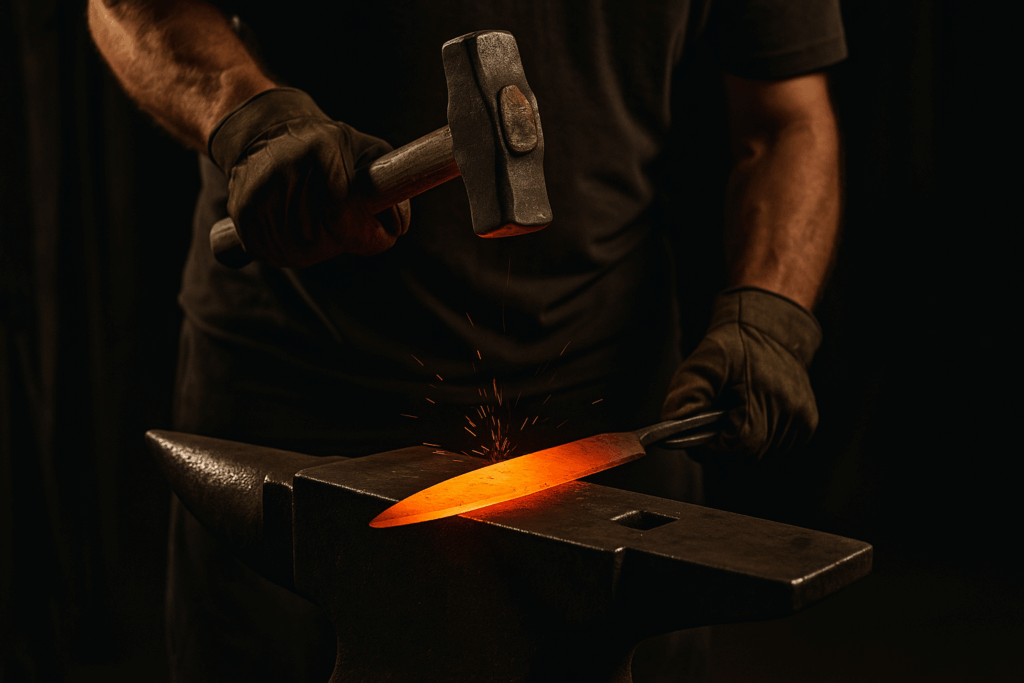
One of the greatest appeals of Japanese all-stainless knives is that they marry modern innovation with traditional craftsmanship. Japan has a storied history of blade making, and even these contemporary-looking knives carry that legacy. Many are made in places like Seki City, which has been a hub of sword and knife production for over 700 years. The artisans and engineers behind Japanese knives often undergo years of training, and they apply meticulous attention to detail at every step – from heat-treating the steel to hand-finishing the edge.
Japanese makers also tend to use high-quality steel formulations. Stainless steel isn’t just one material; there are dozens of specialized alloys. For example, VG-10 (used in many Japanese knives) or Cromova 18 (used by Global) contain added elements like vanadium and molybdenum that improve hardness, wear resistance, and edge sharpness. These steels allow Japanese all-stainless knives to achieve a fine razor edge and hold it longer. The blades are often hardened to an optimal level (around 56-61 HRC depending on the steel) that balances sharpness and durability. As a result, you get a knife that feels precise and agile in use – capable of paper-thin slices of fish or robust chopping of vegetables, as needed.
Another hallmark of Japanese craftsmanship is the blade geometry and finishing. Many Japanese all-stainless knives still feature the convex grind or keen edge angles that Japanese knives are known for, which contributes to their cutting performance. Even if the knife is made by machine forging or stock removal, it’s usually hand-sharpened or inspected by skilled craftsmen before it leaves the workshop. Some knives may also showcase decorative elements: a subtle Damascus pattern (yes, there are stainless Damascus steels) or a hammered tsuchime finish on the blade for visual flair, all executed with Japanese artistry.
Finally, the Japanese emphasis on balance and ergonomics is evident. Despite being metal, these knives are not clunky. As one brand describes, “each knife is carefully weighted to ensure perfect balance in the hand, and the smooth, seamless construction offers safety and hygiene”. The end result is an all-stainless knife that feels like an extension of your hand. When you chop, there’s a satisfying solidity but also nimbleness – a testament to thoughtful design.
Why Stainless Steel Knives Make Great Gifts
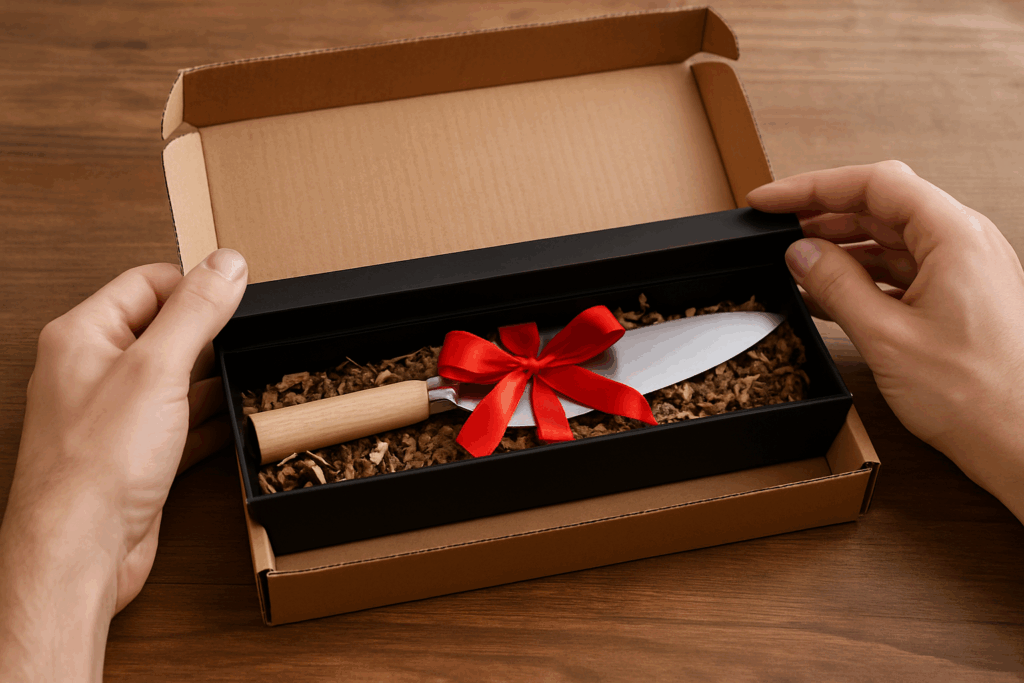
If you’re searching for an impressive and useful gift – especially for someone who loves cooking – a Japanese all-stainless steel knife is hard to beat. In fact, it’s often said to be a gift that people will use daily and think fondly of the giver every time. Here’s why an all-stainless knife shines as a gift choice:
- Practical and Long-Lasting: Unlike many gifts that get used once and put away, a good kitchen knife becomes a daily workhorse. Your gift recipient will reach for that knife every time they prepare a meal, and a quality stainless knife will reliably serve them for years (even decades). Each time they slice an onion or carve a roast, they’ll remember who gave them this fantastic tool. Because stainless steel knives are so low-maintenance, you’re not burdening your friend with extra chores – there’s no special upkeep needed, just normal cleaning. (As one expert quipped, “Giving someone a knife that could rust is like giving them a puppy to look after. Always go with stainless steel.”) In short, you’re giving a gift that is both useful and enduring.
- Hassle-Free Care for the Recipient: Building on the above point – when gifting a knife, it’s considerate to choose one that doesn’t require elaborate care. High-carbon blades, while great, demand vigilant oiling and drying to avoid rust. A stainless steel knife spares your giftee that worry. They can enjoy top-notch performance without the high maintenance. This makes it ideal for busy home cooks or those who might be new to fine cutlery. It’s a present that simplifies their kitchen experience, not complicates it, and that’s something gift recipients silently appreciate.
- Elegance and Presentation: A knife of this caliber is inherently a beautiful object, and many come packaged in a way that’s ready for gifting. For example, some high-end stainless steel steak knife sets are sold in attractive wooden presentation boxes – perfect for a wedding or housewarming gift. Even individual Japanese chef knives often come in nice presentation cases or wrapped in stylish boxes. The all-metal shine of the knife itself has a “wow” factor when unboxed. It’s not just another gadget; it looks like a special gift. You could even pair it with a custom sheath or saya cover, or a quality chopping board, for a complete set. The visual impact of an all-stainless knife, with its modern gleam, can truly make the recipient say “Wow!” as they open it.
- Appeals to Both Novices and Aficionados: Maybe the person you have in mind is an experienced home chef with a collection of knives – or maybe they’re just starting to upgrade from cheap knives. In either case, an all-stainless Japanese knife fits the bill. For newcomers, a multi-purpose knife like a santoku or gyuto (chef’s knife) in stainless steel is an ideal introduction to Japanese knives – it’s easy to care for and very versatile. They can immediately start chopping, dicing, and slicing with joy, without needing special skills. For the seasoned cook, a high-quality Japanese knife brings excitement because of its reputation and performance. Even if they own knives, they might not have an all-stainless one or a Japanese-made one, so it adds something unique to their arsenal. In other words, this gift can impress the connoisseur while also delighting the everyday cook.
- Story and Craftsmanship: Gifting a Japanese knife isn’t just giving a piece of metal – it’s sharing a bit of culture and craftsmanship. You can mention that the knife was hand-finished in Seki or forged with techniques derived from samurai sword-making. Many knife makers include informational booklets or cards about the blacksmith or factory. As one gift guide notes, knowing the story behind the knife can make the gift even more cherished. It transforms the knife from a mere tool into a conversation piece with heritage. Every time your friend uses it, they might recall that story – perhaps even retelling it to dinner guests – which keeps the gift’s meaning alive.
In terms of specific gift ideas, you have a range of options:
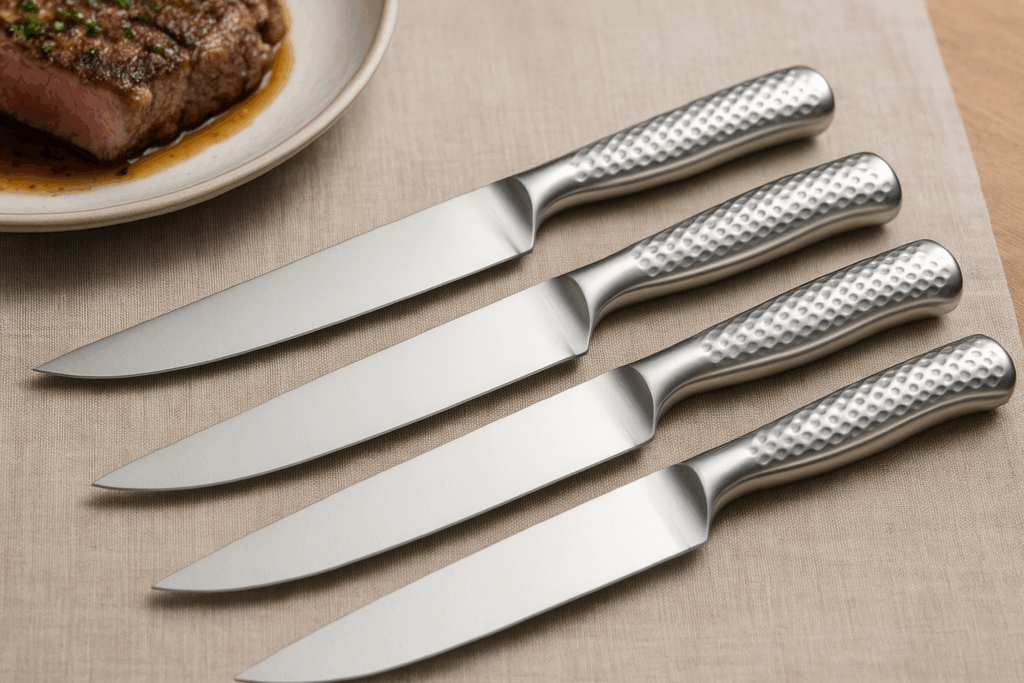
- A Japanese chef’s knife (gyuto) or santoku is a fantastic all-purpose gift knife. These typically around 7–8 inches in blade length, perfect for most kitchen tasks. Stainless versions are readily available from top makers. It’s the kind of knife that can replace an entire set, so it’s very practical.
- A set of stainless steel steak knives makes a classy gift for couples or families. As mentioned, many come in handsome cases. All-stainless steak knives ensure no worry about cleaning off steak juices – just rinse and they’re good to go, no staining. They elevate any steak dinner with a touch of luxury.
- A Japanese petty knife (paring knife) in stainless steel could be a nice smaller gift or stocking stuffer for someone who does a lot of small-scale slicing (fruits, garnishes). It’s a step up from the typical paring knife and introduces them to Japanese quality on a small scale.
- If it’s a really special occasion, you might consider a set or bundle: for example, a stainless gyuto plus a stainless petty knife, covering large and small tasks. Or a knife along with a sharpening stone (though remember to keep the stone gift separate if you’re superstitious about gifting blades – see below!).
One more note: There’s an old superstition that giving a knife as a gift can “cut” the friendship. The workaround many follow is to include a coin with the gift; the recipient gives back the coin as a token “payment” for the knife, thereby nullifying the curse. Whether or not you believe this, it’s a fun bit of trivia to accompany your gift (and shows you’ve really thought of everything!).
Ultimately, a high-quality stainless steel knife embodies the idea of a gift that is beautiful, functional, and meaningful. It’s a daily reminder of your generosity and taste, and it equips your loved one with an exceptional tool for something fundamental – preparing food. Few gifts hit that combination of sentimental and practical value so well.
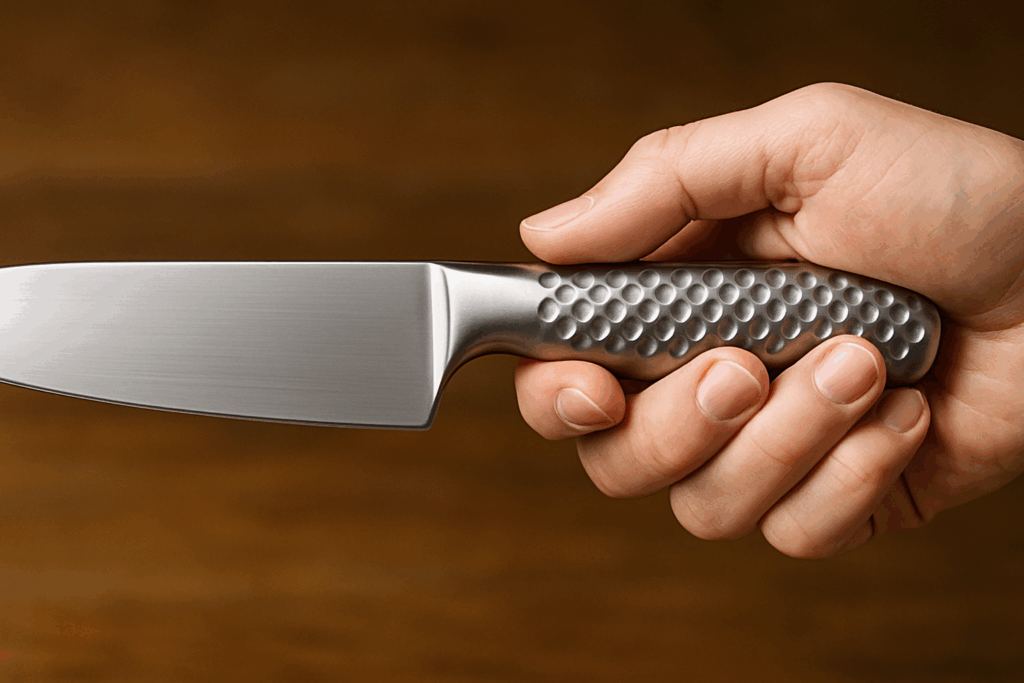
Conclusion
In the world of kitchen cutlery, all-stainless steel knives stand out as a fusion of form and function. They offer the everyday benefits of easy cleaning, rust resistance, and sturdy performance, all wrapped in a sleek design that reflects the best of Japanese knife-making craftsmanship. Whether you’re upgrading your own kitchen or searching for an unforgettable gift for someone who loves to cook, an all-stainless Japanese knife is a choice you won’t regret.
By choosing a knife that is hygienic, durable, and artfully made, you’re investing in cookware that can truly last a lifetime. From slicing sashimi with precision to chopping veggies for weeknight dinners, these knives handle it all with grace. And each time that stainless steel blade glides through ingredients, you’ll appreciate the thoughtful engineering and tradition that went into its creation.


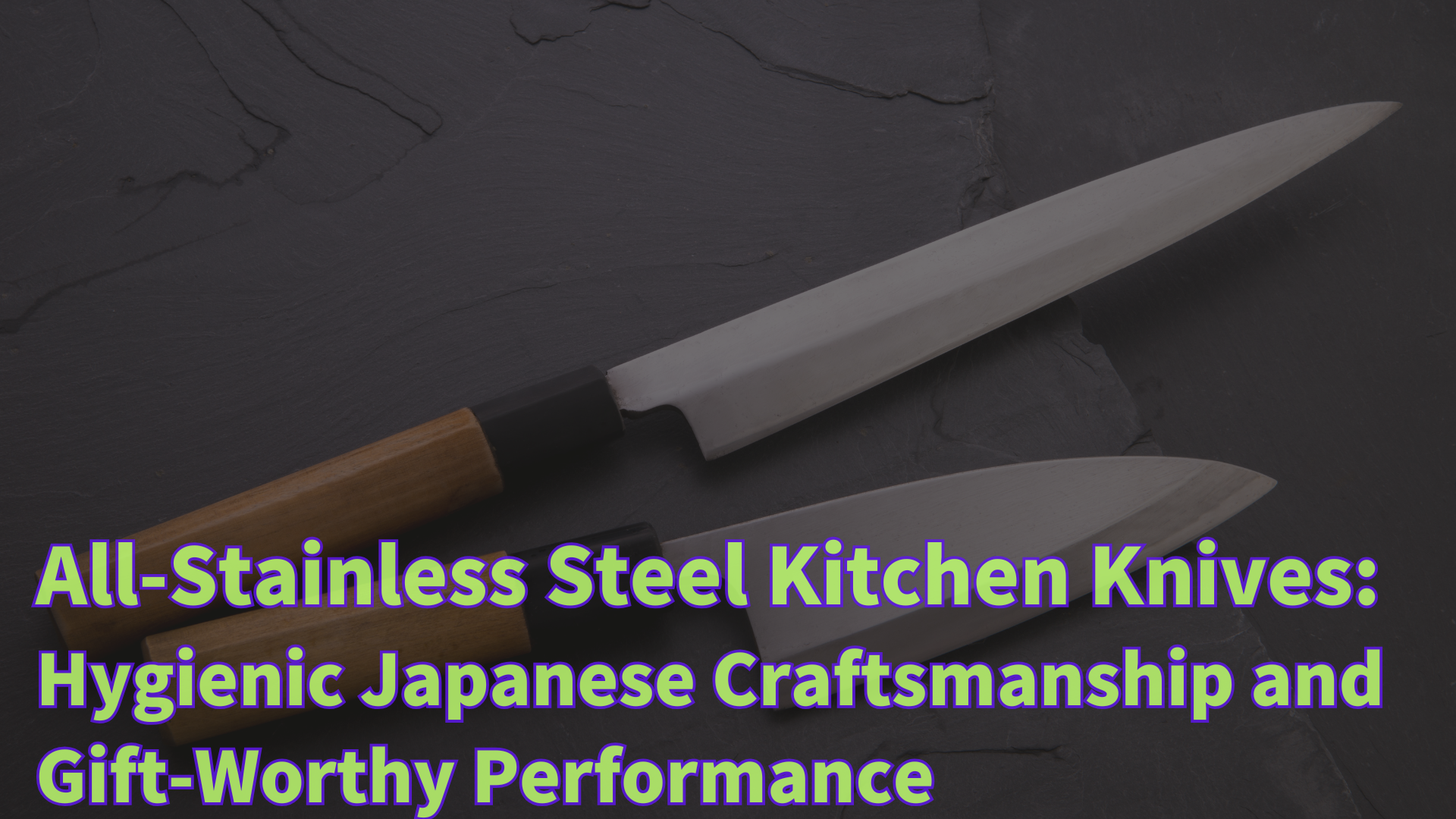
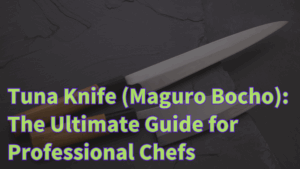
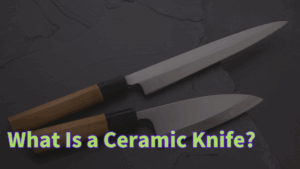
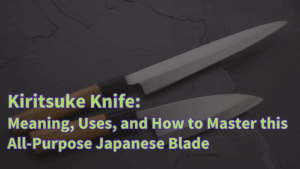
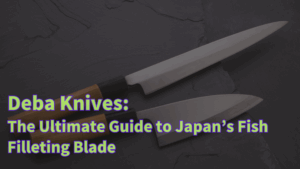

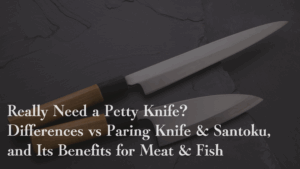

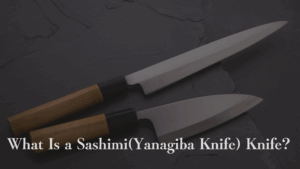
コメント